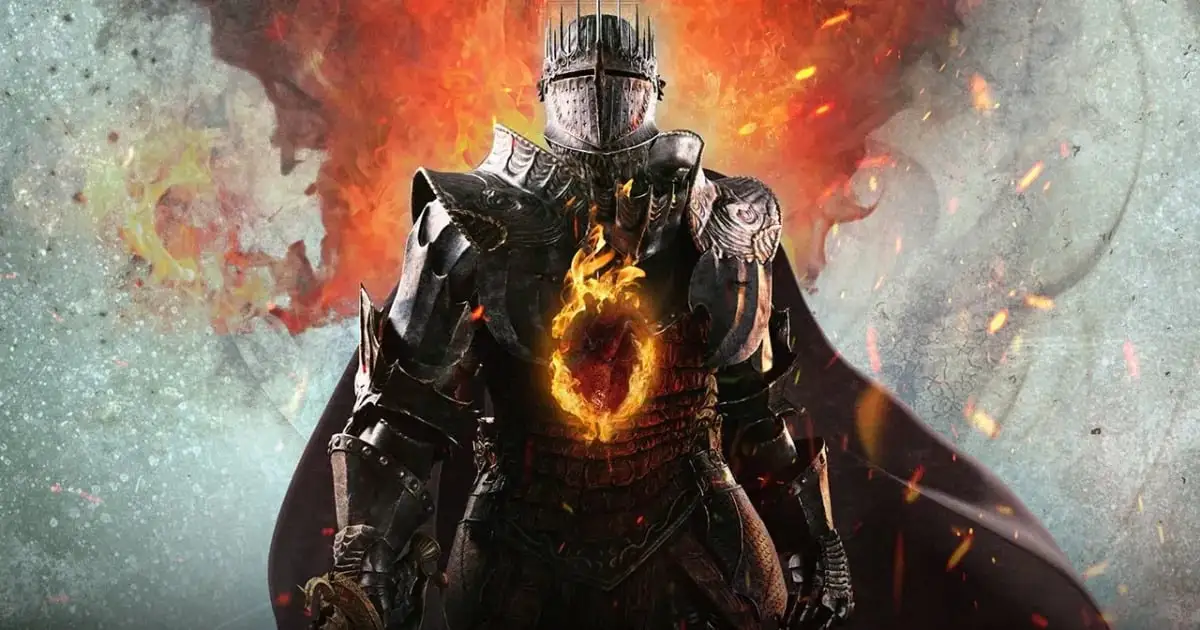
PC Magazine has posted a great little crash course in video cards, making it a whole lot easier for PC gamers to pick out the most important component in their system.
If you’re a PC gamer, then you know that the one component in your rig that you can’t afford to screw around with is the video card. You can half-ass the motherboard, the memory, the hard drive, even the processor if you need to, but if you’re serious about games then you better be serious about your display adapter, because that onboard crap isn’t going to cut it. But the good old days of Voodoo vs. TNT are long gone and today’s market is crowded with enough names, numbers, models and subtypes to make your head spin. You’re here to play games, not take an engineering course. So what are you going to do?
For starters, check out How to Buy a Video Card at PCMag.com. It skips the hardcore details about fill rates and jiggle physics and megavoxels per ultrasecond, and instead offers some practical, pared-down advice on what to look for when you’re shopping for a new video card. Here’s lesson number one: When it comes to money, more is better.
“There’s almost no way around the fact that the more money you’re willing to drop on a video card, the better your gaming experience will be,” the article says. “So if you have $700 (or more – and yes, that is possible) to drop on a video card, you’re going to be buying yourself an outstanding gaming experience, even if the rest of your computer isn’t so special.”
What doesn’t matter so much, aside from a few details (and if they matter to you, you’re probably beyond this guide anyway) is brand. Both AMD and Nvidia are capable of delivering top-notch gaming experiences and offer a wide range of hardware across the entire spectrum of pricing. GPU, clock speed and RAM, on the other hand, do make a difference. The GPU the most important piece of the puzzle and the higher the number, generally speaking, the better the card. “In most cases,” according to the guide, “the name of the GPU will tell you everything you need to know about the card’s capabilities.”
There are other, less obvious details to look out for as well. Size matters; some high-end cards are simply too big to fit into Micro-ATX cases. So does your power supply, as even mid-range cards these days require their own power connection, sometimes two, and can suck back a shocking amount of juice. The monitor connection can also be an issue: Do you want DVI, HDMI, mini-HDMI, DisplayPort, mini-DisplayPort or perhaps even the old analog VGA? (If you answered analog VGA, quit playing around and buy yourself a new monitor, too.)
To be clear before the argument starts, this isn’t meant to be a comprehensive guide to the detailed intricacies of video card shopping. It’s not going to tell you all you need to know if what you need to know is everything there is to know. But for gamers feeling the upgrade blues who have no idea where to begin, it’s a very good first step toward not screwing up one of the most vital PC-related purchases they’re ever going to make.



